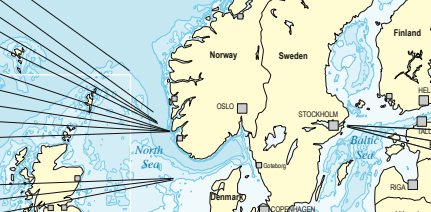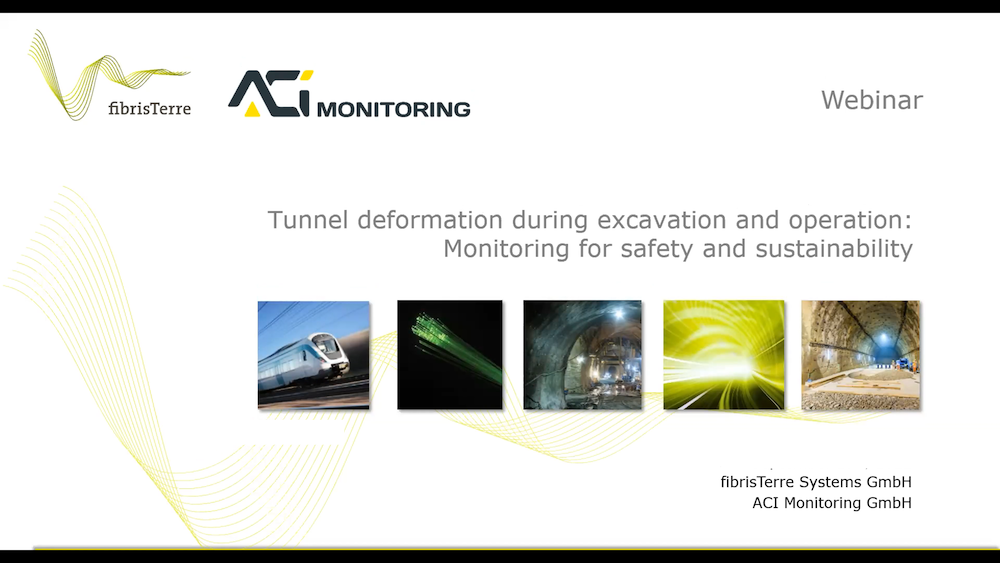


We are looking forward to attending and exhibiting at this event on 16/17 February 2023.
“the 2023 symposium will again be a forum for all experts who feel connected to geomechanics and geotechnics. An program that will stimulate intensive discussions has been put together from the large number of topics proposed .
In addition, there is also plenty of room to exchange experiences and to cultivate relationships and contacts, for example during the evening event on Thursday, which brings us together in Braunschweig.
The Edgard-Frankignoul-Förderpreis, donated by STUMP-FRANKI Spezialtiefbau GmbH, is now being awarded for the 8th time.
The programme (the conference is in German) may be found here

fibrisTerre is recognized as an Authorized Economic Operator.
This status facilitates international shipping and customs logistics, especially with entities having the same status.

At fibrisTerre we strive to design and manufacture reliable and accurate distributed fiber optic interrogators and accessories that the markets we serve require.
Our R&D team works tirelessly to develop hardware and software which our customers can rely on and which make their life easier.
The latest development is the extension of the distance range to 80 km.
As a Distributed Temperature Sensor (DTS), this product is ideal for continuously monitoring temperature events all along a power or export cable. Additionally, the Distributed Strain Sensor (DSS) capability provides accurate information about any critical mechanical stress occurring on the asset during installation and operation. HV, EHV, AC, and DC onshore and subsea transmission cables can be monitored, with temperature and strain data providing condition monitoring and enabling performance optimization.
Where a single-mode optical fiber is available, array cables medium voltage and distribution network cables can also be monitored.

Pipelines can be put at risk if the ground around them, the pipeline right of way, moves.
It may be a small, one-off settlement.
It may be the precursor of a more serious event, evidence of an earth tremor, erosion, or a landslide. Knowing where, and when means that the site can be checked and, if necessary, mitigation measures put in place.
fibrisTerre’s 80 km distance range means that, with a fiber optic cable running alongside the pipeline, a single instrument can monitor continuously for ground movement events along 80 km. With the aid of an optical switch, this distance can be doubled.
Distributed fiber optic strain sensing detects small ground movement events, helping operators to respond quickly. And false alarms are rare.

Love maps? Here’s one of the Floating Wind Energy projects of the world.
It’s early days for floating offshore wind, already there are a few planned!
The first, Hywind, off the Scottish coast, started production in 2017.
External link to Quest Floating Wind Energy map download

Three reasons to include fiber optic sensing in your geotechnical monitoring toolkit.
In this webinar Nils Nöther from fibrisTerre and Christoph Monsberger from ACI Monitoring, Graz describe:
1. What distributed fiber optic sensing is
2. How to use it in tunnel monitoring
3. When to consider fiber optic sensing
SISTEMI INNOVATIVI DI MONITORAGGIO GEOTECNICO MEDIANTE SENSORI IN FIBRA OTTICA
Over the last 20 years, telecommunications engineering has developed a family of sensors based on optical fibres (Fibre Optic Sensors, FOS) that offer major advantages both in their mode of installation and data acquisition: they are competitive with traditional sensors, especially with a view to having systems that are able to withstand the test of time and be a pivotal element in the analysis of the state of efficiency of structures in the long term, i.e Structural Health Monitoring.
The day is organized by the University of Padua and is aimed at all technicians working in the field of monitoring, design and control of geotechnical and other structures.
It aims to be a moment to illustrate the potential of these sensors, their characteristics and possible applications, and finally to discuss the difficulties inherent in using these sensors.
The speakers, both national and international will present numerous successful and less successful applications of FOS, providing a broad overview.
Link to event (Italian)

La 11ème conférence nationale de géotechnique et de géologie de l’ingénieur (JNGG 2022) June 28-30
The conference features 150 presentations, with the theme of ‘Learning from the Past to Build the Future’
You will find a demo of the fibrisTerre fiber optic strain and temperature monitoring system on Dimione Systems’ stand (23), perfect for explaining the technique, and where we are curious to learn about your project.
Pile strain measurement
Ground movement detection
Tunnel lining deformation measurement
Continuous strain and temperature detection for long, large, and complex structures.

As we develop more underground spaces and insert deeper piles, what effect does excavation-induced ground movement have on nearby tunnels?
“Performance monitoring of a curved shield tunnel during adjacent excavations using a fiber optic nervous sensing system,” an article by Hong-Hu Zhu, De-Yang Wang, Bin Shi, Xing Wang, Guang-Qing Wei, describes how a fiber optic nervous system (FONS) based on Distributed Fiber Optic Sensing (DFOS) provided continuous monitoring of a curved tunnel during 22 months of adjacent deep excavations.The tunnel health condition was monitored both longitudinally and circumferentially for strain changes. Those changes are described and classified into Tunnel risk assessment grades, indicating one item to be immediately repaired and an area to be monitored closely.
This valuable insight into the deformation in the tunnel linings is used pragmatically in the tunnel’s management. The conclusions include a glimpse into what else could be monitored by FONS.

Standard Practice for Use of Distributed Optical Fiber Sensing Systems (DOFSS) for ©
ASTM F3079-14(2020)
Guidance, definitions, and good practice for instrumentation design, fiber selection is outlined.
Both embedded and surface-attached fiber optic strain sensor deployment are included.
“This practice specifically addresses the means and methods for the use of distributed optical fiber sensors for monitoring ground movements during tunnel and utility construction and its impact on existing utilities…”
ASME standard available for purchase
fibrisTerre is here to make it easy for you.
Bring us your questions regarding distributed fiber optic sensing for detecting strain during construction, so that we can help you plan the project.